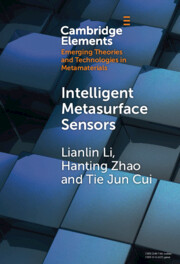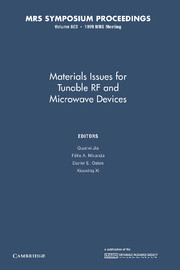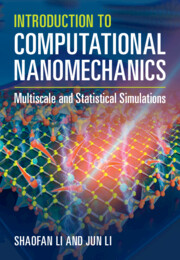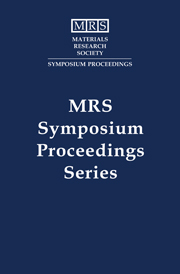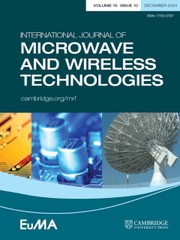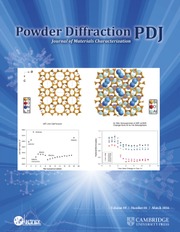Intelligent Metasurface Sensors
Intelligent electromagnetic (EM) sensing is a powerful contactless examination tool in science, engineering and military, enabling us to 'see' and 'understand' visually invisible targets. Using intelligence, the sensor can organize by itself the task-oriented sensing pipeline (data acquisition plus processing) without human intervention. Intelligent metasurface sensors, synergizing ultrathin artificial materials (AMs) for flexible wave manipulation and artificial intelligences (AIs) for powerful data manipulation, emerge in response to the proper time and conditions, and have attracted growing interest over the past years. The authors expect that the results in this Element could be utilized to achieve the goal that conventional sensors cannot achieve, and that the developed strategies can be extended over the entire EM spectra and beyond, which will produce important impacts on the society of the robot-human alliance.
Product details
January 2024Adobe eBook Reader
9781009277235
0 pages
This ISBN is for an eBook version which is distributed on our behalf by a third party.
Table of Contents
- 1. Introduction
- 2. Reprogrammable coding metasurfaces
- 3. Information fundamentals of reprogrammable metasurfaces
- 4. Compressive metasurface imager
- 5. Machine-learning metasurface imager
- 6. Intelligent EM metasurface camera
- 7. Intelligent integrated metasurface sensor
- References.

